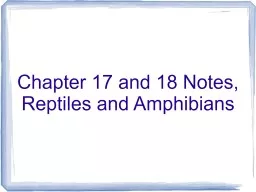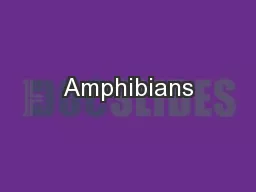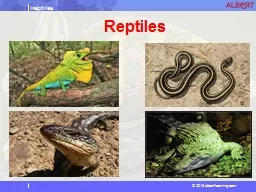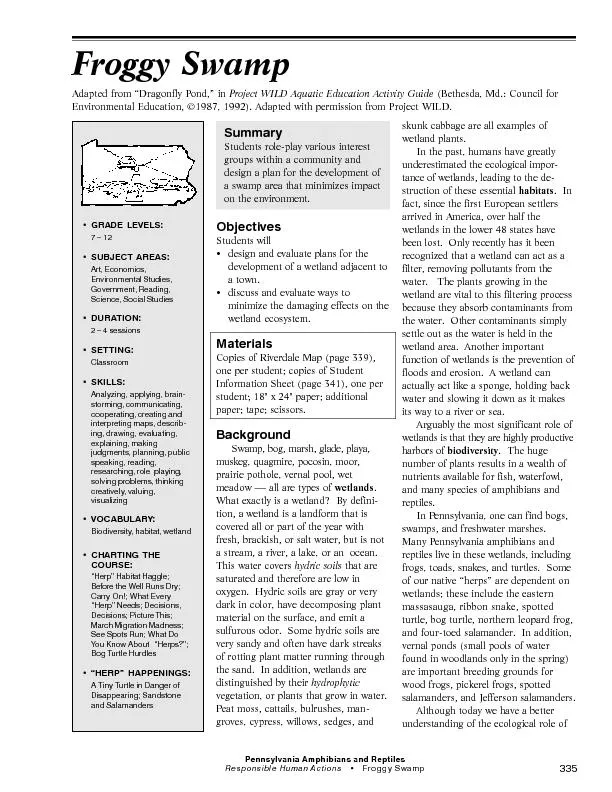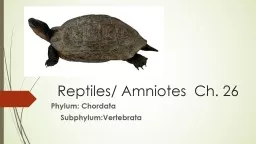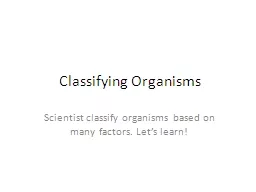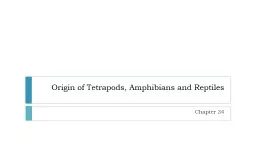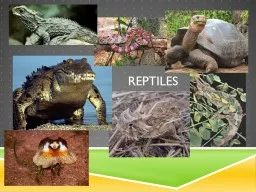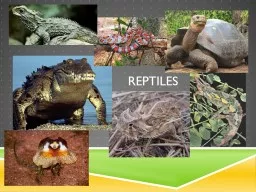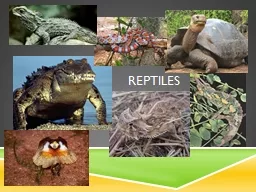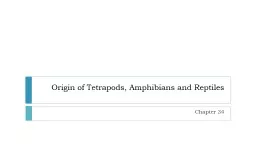PPT-Chapter 17 and 18 Notes, Reptiles and Amphibians
Author : blastoracle | Published Date : 2020-06-30
Characteristics of Class Amphibia Most amphibians are tetrapods meaning they have four limbs but some are limbless Amphibians have smooth moist skin Amphibians
Presentation Embed Code
Download Presentation
Download Presentation The PPT/PDF document "Chapter 17 and 18 Notes, Reptiles and Am..." is the property of its rightful owner. Permission is granted to download and print the materials on this website for personal, non-commercial use only, and to display it on your personal computer provided you do not modify the materials and that you retain all copyright notices contained in the materials. By downloading content from our website, you accept the terms of this agreement.
Chapter 17 and 18 Notes, Reptiles and Amphibians: Transcript
Download Rules Of Document
"Chapter 17 and 18 Notes, Reptiles and Amphibians"The content belongs to its owner. You may download and print it for personal use, without modification, and keep all copyright notices. By downloading, you agree to these terms.
Related Documents

